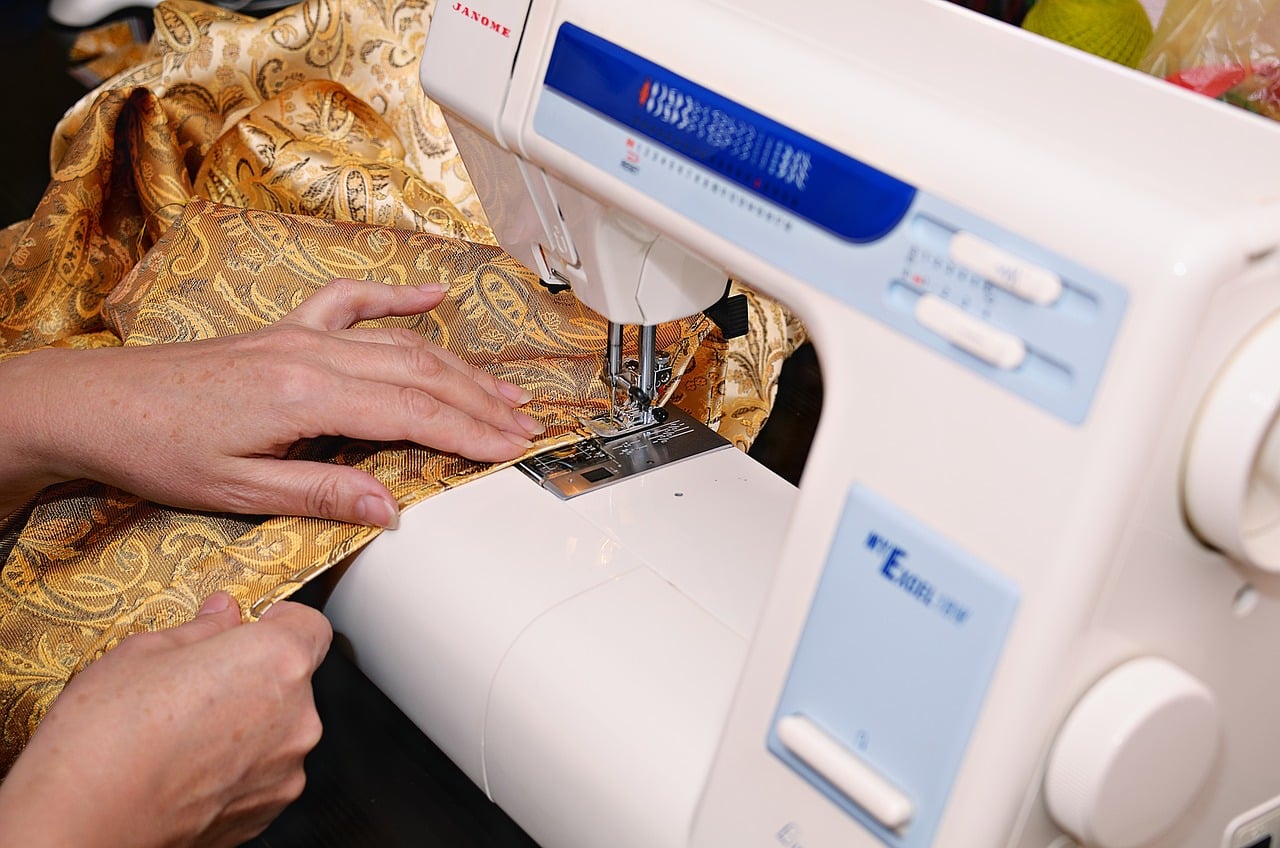On Wednesday night, I had the privilege of hosting a webinar for Ethical Clothing Australia as part of their 25th anniversary celebrations. We covered a myriad of topics from ethical production to the power of conscious consumer choices – but one conversation really lit us up: the lost art of sewing.
When we started discussing sustainability and how we can each play a part in reducing waste, it became clear that it’s time for sewing to make a comeback.
🌏Why this matters
The fashion industry is one of the world’s largest polluters, contributing up to 10% of global carbon emissions and producing 92 million tonnes of textile waste each year. In Australia alone, around 227,000 tonnes of clothing end up in landfill annually – much of it worn only a handful of times before being discarded.
But there’s good news: people are starting to wake up.
We’re seeing a beautiful shift, especially in younger generations. My daughter, for example, has become an avid op-shopper, often coming home with incredible pre-loved finds at bargain prices. There’s a growing movement toward a circular economy, where clothing is reused, repaired, repurposed, and reimagined rather than wasted.
🧵From the classroom to the consciousness shift
Back in the 80s, sewing, knitting, and cooking were part of school life – basic life skills that grounded us in creativity, patience, and practicality. Somewhere along the way, as fast fashion took over, we lost that connection.
But as we move through this dimensional shift from 3D to 5D living, we’re being called back to basics – to reconnect with our creativity and to bring more mindfulness into everyday life. Sewing isn’t just about making clothes; it’s about infusing energy, love, and intention into what we wear.
When you redesign or refurbish a second-hand piece, you’re not only giving it a new life but also creating new energy. You’re transforming something old and forgotten into something unique and full of vitality. And let’s be honest – the quality of older garments is hard to find today. Clothes used to be made to last.
💡A win–win for the planet and the people
Imagine creative sewing circles springing up again – communities of people sharing patterns, fabrics, and stories. Not only would that spark connection and creativity, but it could also help build skills that are in short supply. Australia currently faces a shortage of machinists and garment makers, yet the demand for locally made, ethical clothing continues to rise.
By bringing sewing back, we could help rebuild our local skill base, reduce our carbon footprint, and support the circular economy – one stitch at a time.
🌱Small steps, big ripple
If each of us takes small steps – learning to mend a tear, rework an old dress, or buy second-hand before buying new, we start to shift the energy. The ripple effect grows. It becomes a collective movement that says no to fad and ultra-fast fashion, and yes to conscious, creative, sustainable living.
It’s time to reclaim the joy of making, the power of creativity, and the spirit of sustainability. It’s time for sewing to make a comeback.

